Misinformation Muddying Waters Around Golf's Distance Debate
Sky Sports Golf presenter Kit Alexander explains why he's never been more conflicted on the ever-growing distance debate
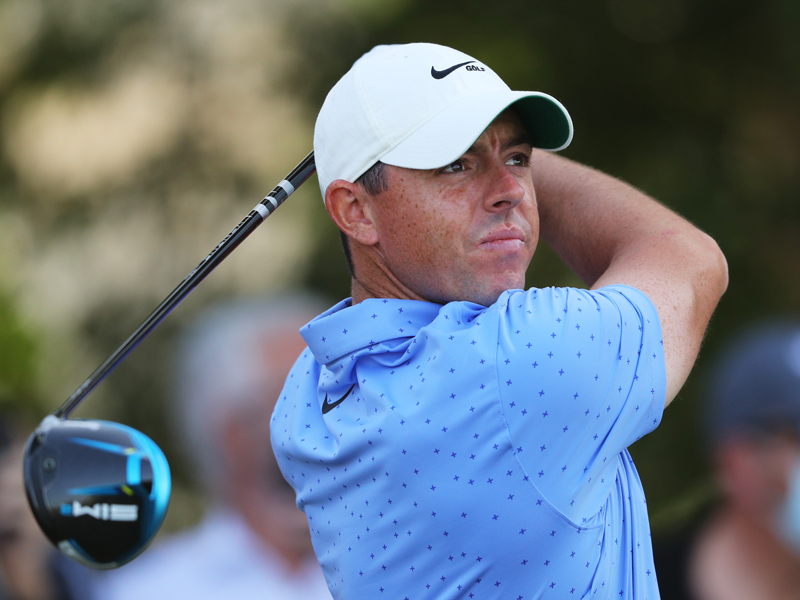

Sky Sports Golf presenter and co-host of the Filthy Lipout podcast, Kit Alexander, explains why he's never been more conflicted on the ever-growing distance debate
Misinformation Muddying Waters Around Golf's Distance Debate
Rory McIlroy has been getting a lot of attention – and support – for his impassioned opinion about The R&A and USGA’s Distance Insights Report and the governing bodies’ equipment announcement on Tuesday.
The thing I find interesting is that he calls it “a huge waste of time and money”, but he actually goes on to say he’d be in favour of bifurcation, which is essentially the potential result of the report.
I’ve spoken to a number of players, agents, caddies and tour equipment reps since the announcement and I’m probably more conflicted about this issue now than I ever have been.
I do believe distance is an issue in the pro game, and that something needs to change to make elite golf a more equitable test of all the skills required and also maintain the challenge of many of the world’s most iconic courses.
But I also agree that more needs to be done to make golf more accessible and inclusive and think that bifurcation isn’t a fantastic solution to the problem.
Get the Golf Monthly Newsletter
Subscribe to the Golf Monthly newsletter to stay up to date with all the latest tour news, equipment news, reviews, head-to-heads and buyer’s guides from our team of experienced experts.
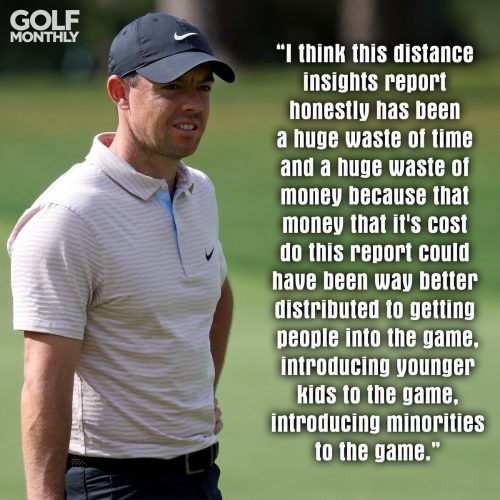
That being said, I don’t ever remember hearing it was an either/or choice between controlling distance for the pros and growing the game at grassroots level so framing it in such a manner does unnecessarily muddy the waters.
The view from inside the pro game is that there are bigger challenges and opportunities when it comes to growing the game, and watching the best players in the world hitting amazing shots is aspirational for those within the game and draws positive attention from non-golfers.
Perhaps most significantly, amateurs would end up paying for bifurcation.
If manufacturers have to develop separate clubs and balls for pros and amateurs, that means more money being spent on R&D and the price of equipment will rise.
If golf becomes more expensive, fewer people will play it.
It’s hard to disagree with any of those points, but there’s also a certain amount of misinformation out there.
The idea that any new regulations will make the game harder for handicap amateurs is false – it’s only professional equipment and that used by elite amateurs that could be reined back.
Also, Webb Simpson’s assertion that “the issue comes down to golf course architecture” also has to be put into some context.
There’s no doubt course set-up can play a role in solving the distance issue, but it’s a lot more complicated than simply introducing more doglegs, tighter fairways, longer rough, and smaller and firmer greens, as he suggested.
Doglegs actually favour longer hitters in many instances as they’re often able to cut the corner and tighter fairways and longer rough don’t solve the issue.
That’s the staple of the US Open, and we all know what Bryson Dechambeau did at Winged Foot last year.
Rightly or wrongly, a lot of money and time went into the Distance Insights Report to ensure what it discovered and the plans that resulted were based on facts and data, rather than opinion.
The R&A and USGA seem to have decided that slightly tighter regulation of equipment in the short term and the potential for bifurcation is the best solution to solve the distance problem and safeguard the future of the game.
Can they be doing more to grow the game in other areas? Absolutely.
Is bifurcation the best solution to the distance problem? I’d like to think not.
But unless someone can come up with something better, it’s the one we’re going to get.
Related: Justin Thomas - Governing bodies "extremely selfish" to propose equipment rollback
Kit Alexander is a golf broadcaster and journalist who commentates and presents for the DP World Tour, PGA EuroPro Tour and Rose Ladies Series. He has over 15 years’ experience of magazine and television work in the golf industry and is a regular contributor to Golf Monthly.
-
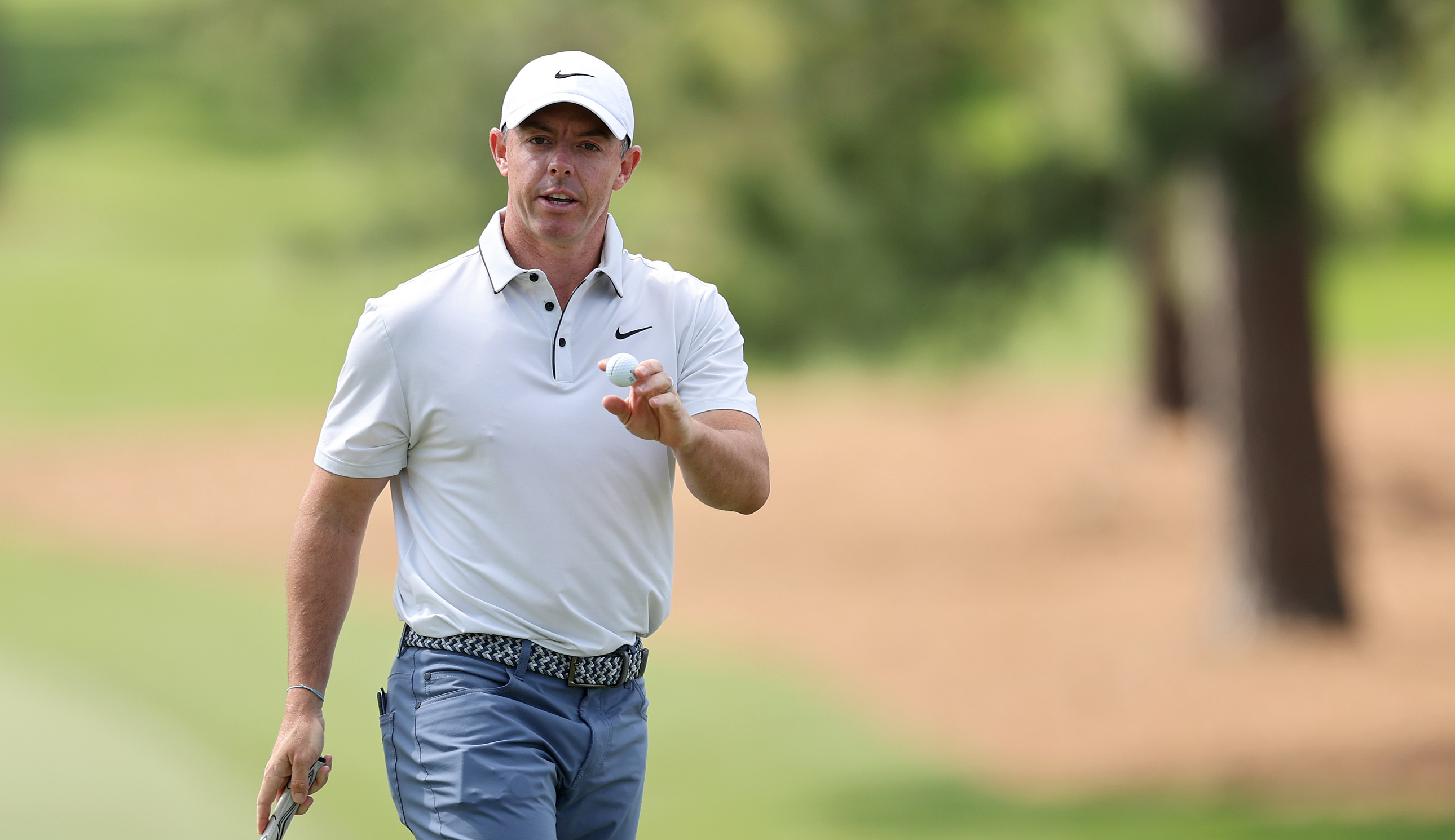 The Masters Crystal Rory McIlroy Has Already Won At Augusta National This Week
The Masters Crystal Rory McIlroy Has Already Won At Augusta National This WeekMcIlroy leads going in to the final round at Augusta National, with the four-time Major winner already bagging some silverware before he looks to claim the Green Jacket
By Matt Cradock Published
-
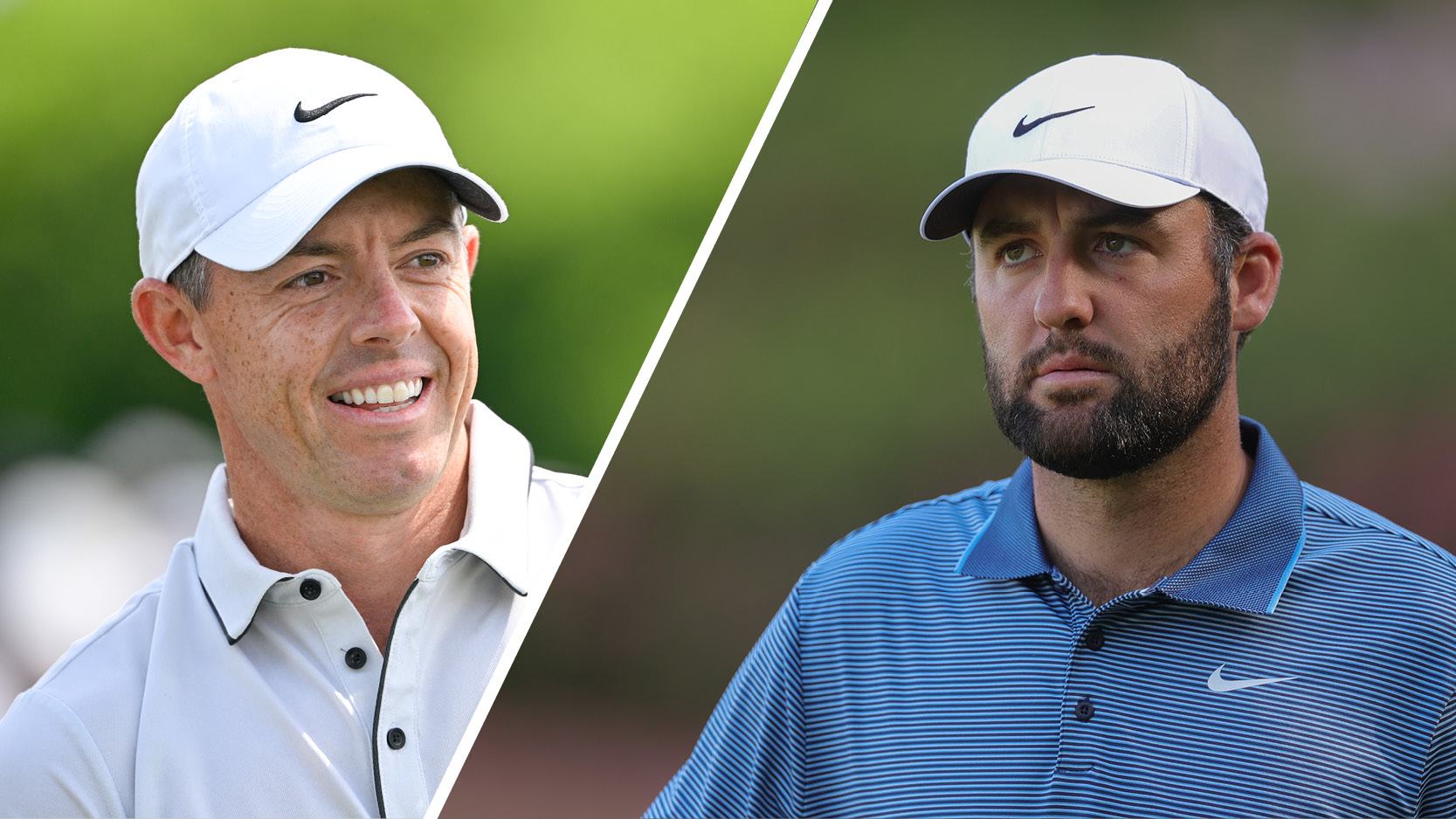 Rory McIlroy Has Referenced Scottie Scheffler So Often In Recent Months… Is He Now Finally Ready To Surpass Him?
Rory McIlroy Has Referenced Scottie Scheffler So Often In Recent Months… Is He Now Finally Ready To Surpass Him?For several months, Rory McIlroy revealed how he was aiming to be more like Scottie Scheffler in 2024 - and it now appears as though the World No.2 is doing it
By Jonny Leighfield Published
-
 Is This FootJoy's Most Exciting New Golf Shoe In Years?
Is This FootJoy's Most Exciting New Golf Shoe In Years?Dan Parker discusses whether the new FootJoy Fuel golf shoe has the potential to be FootJoy's most exciting to date...
By Dan Parker Published
-
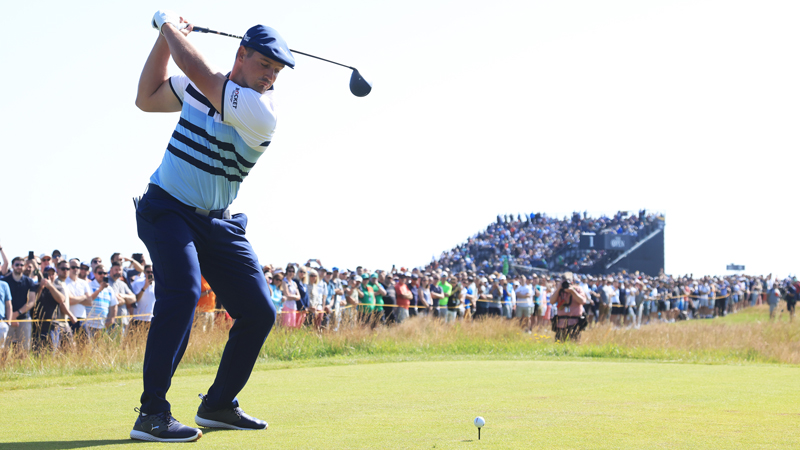 Governing Bodies Crack Down On Distance As Driver Shaft Lengths Limited
Governing Bodies Crack Down On Distance As Driver Shaft Lengths LimitedThe R&A and USGA have introduced a new local rule to ensure professionals and elite amateurs do not use 48-inch driver shafts
By Elliott Heath Published
-
 Five-Year-Old Prodigy Raising Money And Awareness For Organ Donation
Five-Year-Old Prodigy Raising Money And Awareness For Organ DonationGeorge is taking on the challenge to raise money and awareness for organ donation
By Andrew Wright Published
-
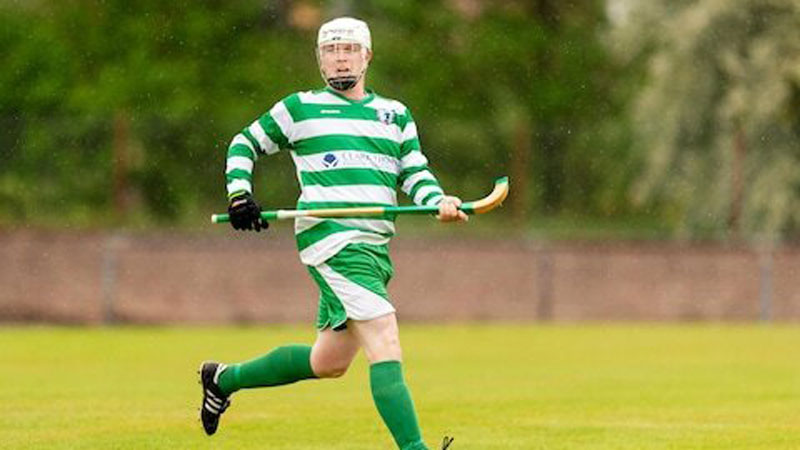 Robert MacIntyre Returns To Shinty After Ryder Cup Disappointment
Robert MacIntyre Returns To Shinty After Ryder Cup DisappointmentThe left-hander has been in action for his local shinty side, Oban Celtic
By Andrew Wright Published
-
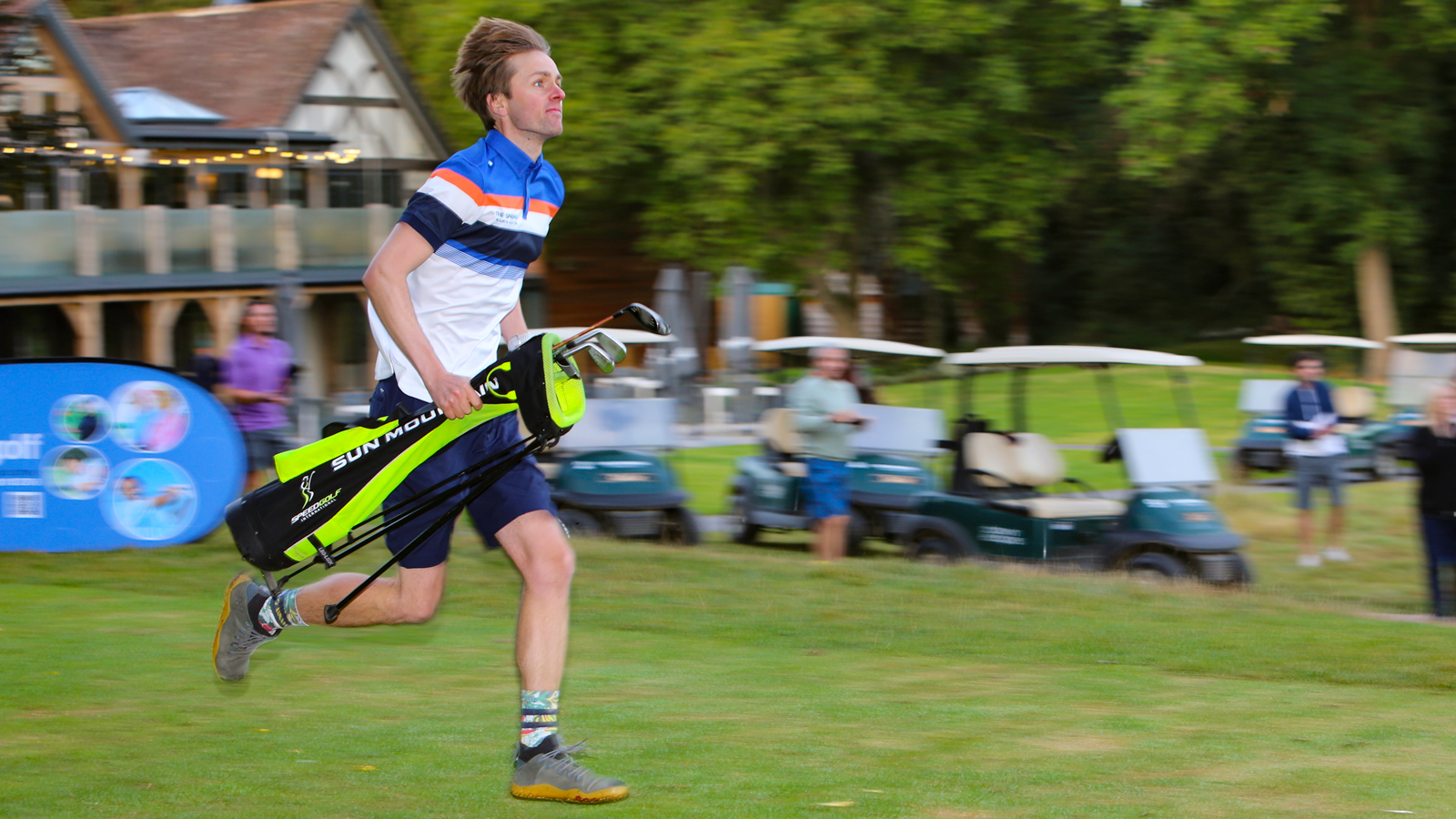 Pro Plays 36 Holes In Under 80 Minutes To Win British Speedgolf Championship
Pro Plays 36 Holes In Under 80 Minutes To Win British Speedgolf ChampionshipBuckinghamshire professional Luke Willett took the British Speedgolf title
By Fergus Bisset Published
-
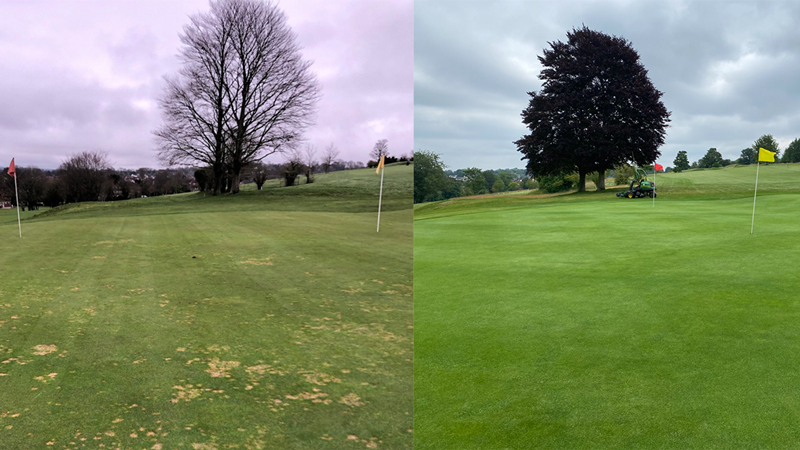 "A Real Kick In The Teeth" - Greenkeeper After "Embarrassment" Course Comments
"A Real Kick In The Teeth" - Greenkeeper After "Embarrassment" Course CommentsWe chat to James Tibbles, head greenkeeper at Andover GC, after he was subject to negative comments on the course's condition
By Elliott Heath Published
-
 Tiger Woods' 2002 Backup Putter Sells For $393,300
Tiger Woods' 2002 Backup Putter Sells For $393,300Tiger Woods' 2002 Backup Putter Sells For $393,300
By Matt Cradock Published
-
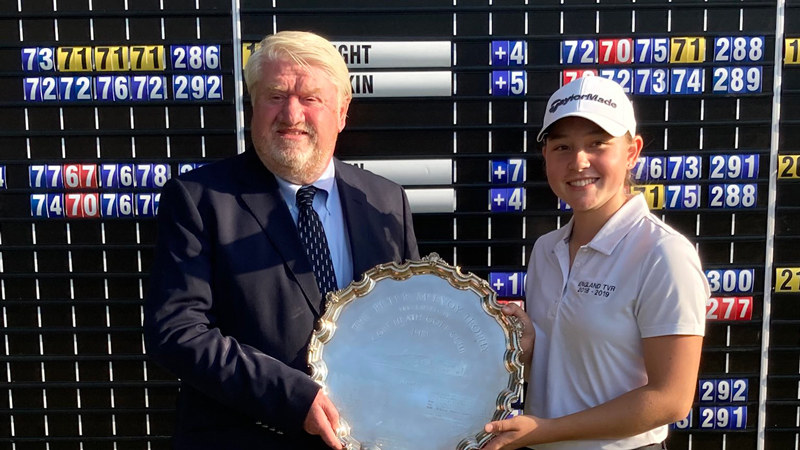 Olivia Lee Wins 2021 Peter McEvoy Trophy
Olivia Lee Wins 2021 Peter McEvoy TrophyOlivia Lee has become the first female to win the historic Peter McEvoy Trophy.
By Dan Parker Published